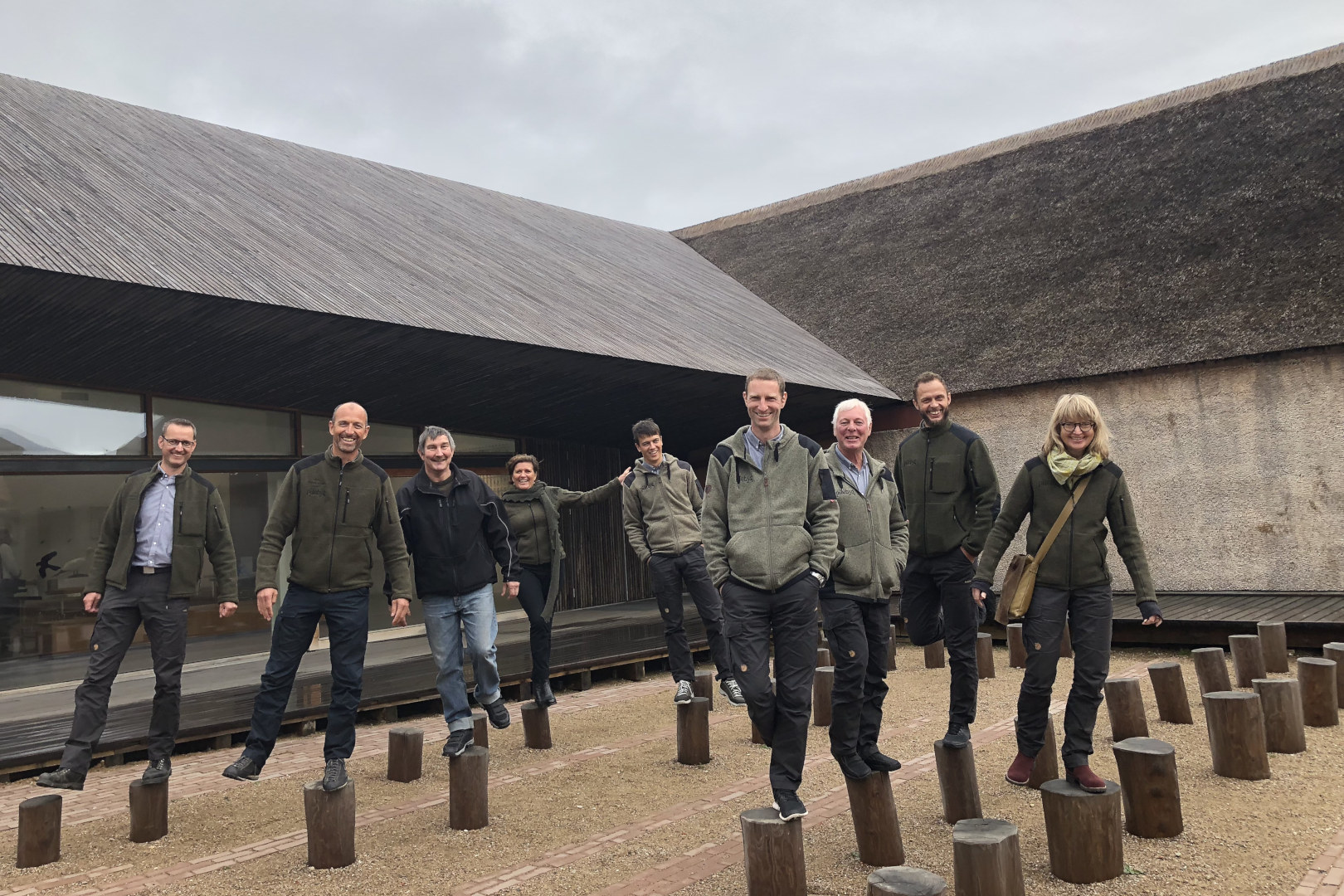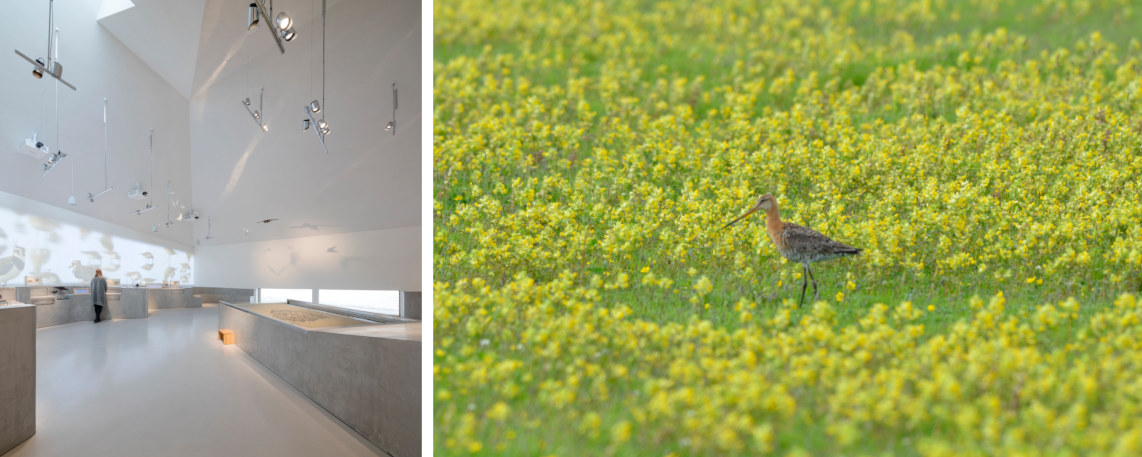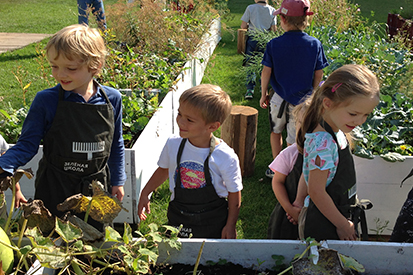Vadehavscentret

Denmark’s hardcore high-fliers
TEXT: LOUISE OLDER STEFFENSEN | PHOTOS © ADAM MØRK AND VADEHAVSCENTRET
All kinds of visitors flock to the Wadden Sea World. Some of the most well-travelled of the guests stay for months at a time. Twice a year, migratory birds from as far away as South Africa descend upon the shallow waters of the western Jutland coast, in order to feast on a rich and opulent buffet of oysters, worms and snails. “Each year, we become the temporary home of 12 to 15 million birds travelling all the way between the Arctic and southern Africa. These birds need to eat to survive – and they really stuff themselves,” says the site’s leader and nature guide, Klaus Melbye.
“No matter how hard I try, I couldn’t ever manage to double my bodyweight in six weeks,” he continues. “Yet these little birds manage that – they grow fat off our tide and sea floor.” The extra fat is needed in order for them to have the strength to make it onwards on their journey along the East Atlantic Flyway, which connects the northernmost parts of our planet with Africa’s south. The birds may look cute and a bit gangly and comical, but they are much tougher than any of us. “The little bar-tailed godwit, for example, flies the furthest of anyone in one go – it’s been observed to fly for six days straight without landing down by New Zealand. When it takes off, the top-tuned, fat little thing weighs 560 grammes, but by the time it lands 11,600 kilometres later, it has burnt off the equivalent of a packet of butter – that’s half its bodyweight!”
Stuffing yourself on the world’s biggest sea platter may sound like a dream for some, but think again. “The entirety of the bird has to expand to have enough space for the food,” Melbye explains. “In order to do that, all the innards and intestines have to stretch and double in size as well. Even their brain grows. Then, when they set off, they have to fly up high enough for the air to be freezing cold in order to retain the water in the fat as it’s the only liquid they have available. That’s how some of the bigger birds like geese sometimes end up in airplane engines. It’s really fascinating stuff and there are plenty more facts to learn about them at our beautiful new exhibition house.”

PHOTOS © ADAM MØRK (LEFT) AND VADEHAVSCENTRET (RIGHT)
UNESCO World Heritage Site
The Danish Wadden Sea was made a national park in 2010 and finally joined the German and Dutch parts of the Wadden Sea as a UNESCO World Heritage Site in 2014. “As a heritage site and an educational centre, we have two distinct but interrelated duties that we take very seriously,” Melbye says. “On the one hand, we have to protect the area from natural and environmental dangers to ensure its survival and uniqueness. On the other, we have to educate; to aid people in discovering and exploring the wonders of the Wadden Sea – people have to care about its preservation in order for it to continue to thrive. Part of our duty as a UNESCO site is to create sustainable tourism.”
The wonderful new Wadden Sea Centre, designed by architect Dorthe Mandrup, masterfully ties together a pre-existing building with its wondrous surroundings through gentle but striking use of natural materials. Inside, architect Johan Carlsson has created a poetic and modern space, enticing young and old alike to experience the story of the migratory birds, soaring high above the earth to follow the birds on their nomadic travels across the globe and delving deep into the watery sea floor, which appears each day at low tide just outside the centre’s door. “The biodiversity that the seafloor here provides is so unique and wonderful,” Melbye says. “It’s a world that most people never see and few people think about, but it exists right here in little old Denmark.”

PHOTOS © VADEHAVSCENTRET
Life and diversity is everywhere by the Wadden Sea, which is also home to countless seals and other non-fowl animals. A particularly popular biannual highlight is the black sun phenomenon, where millions of starlings from the entire Baltic Sea area meet above west Jutland’s marshes and swarm around like magic in groups big and dense enough to block out the sun from the many human visitors who come to witness the ritual. The migratory birds mostly frequent the Wadden Sea from March to May and from August to October, but there is plenty to do all year round. The site’s attendants are all biologists and offer guided tours in Danish, English and German, in addition to various scheduled exhibitions and events, such as seafloor exploration in summer and oyster safaris in the winter. “Once you’ve tasted an oyster fresh out of the sea, you’re hooked for life,” Melbye promises. “You’ll just have to come see for yourself.”
Web: www.Nationalparkvadehavet.dk and www.vadehavscentret.dk
Subscribe to Our Newsletter
Receive our monthly newsletter by email





